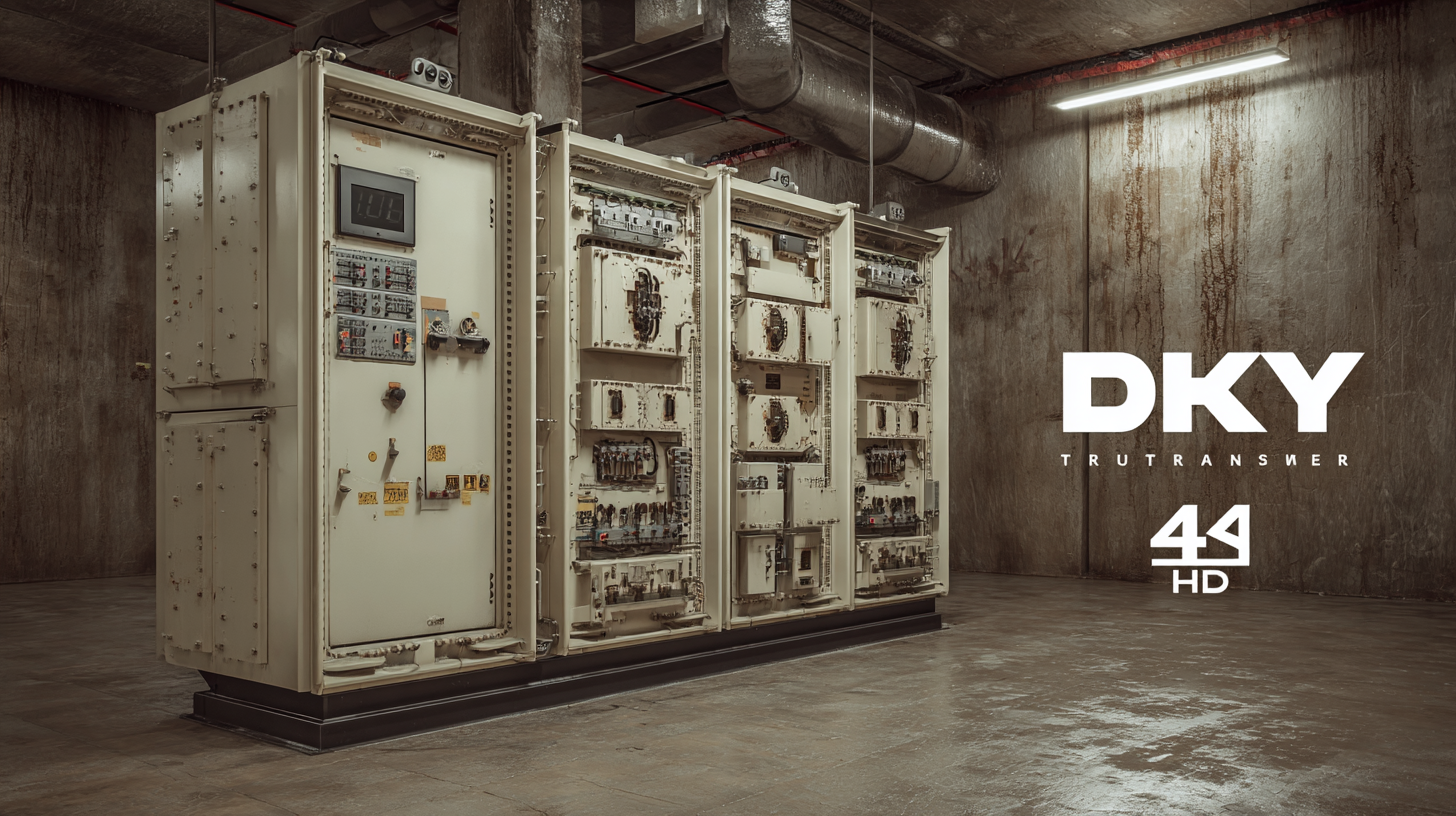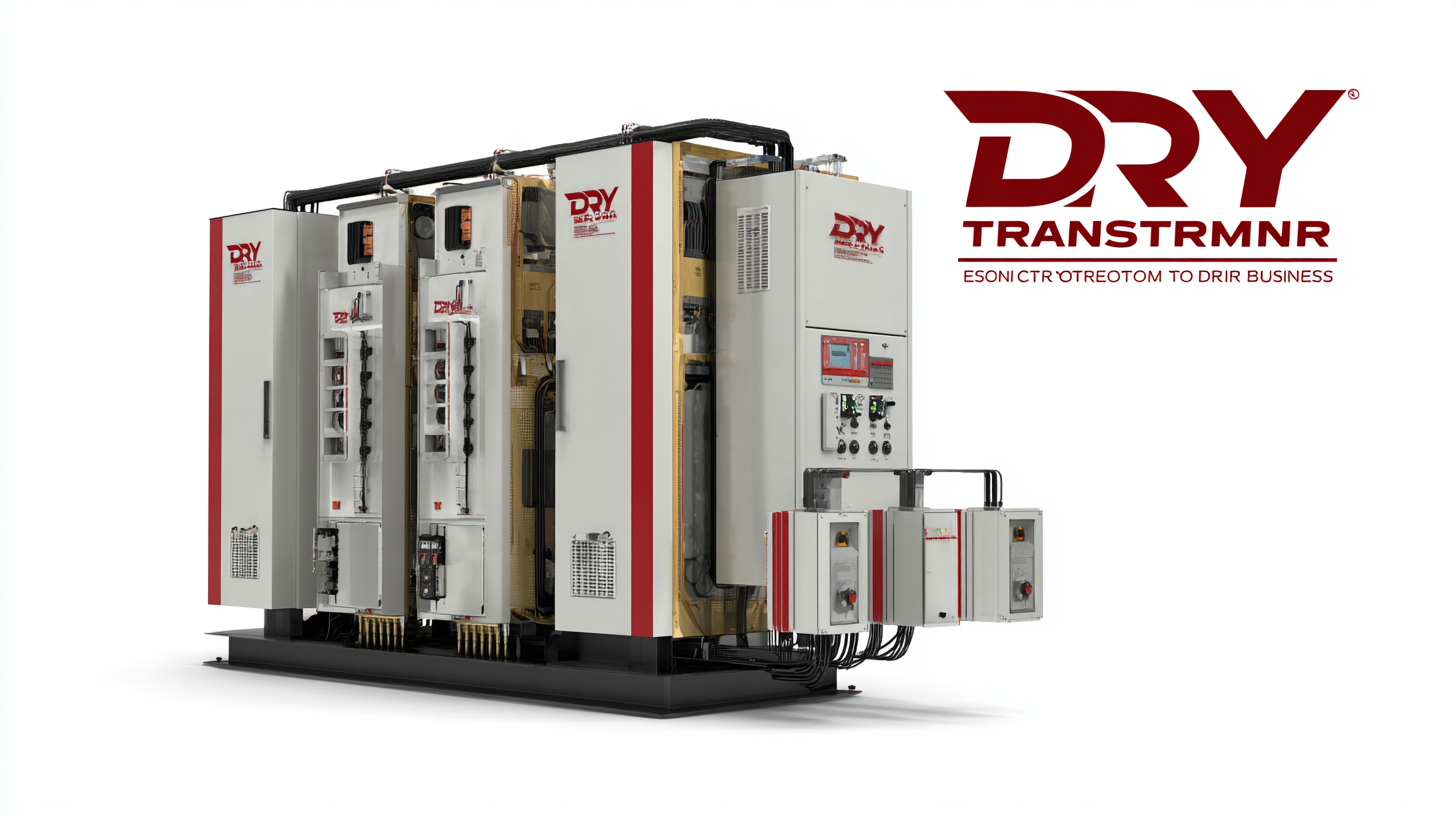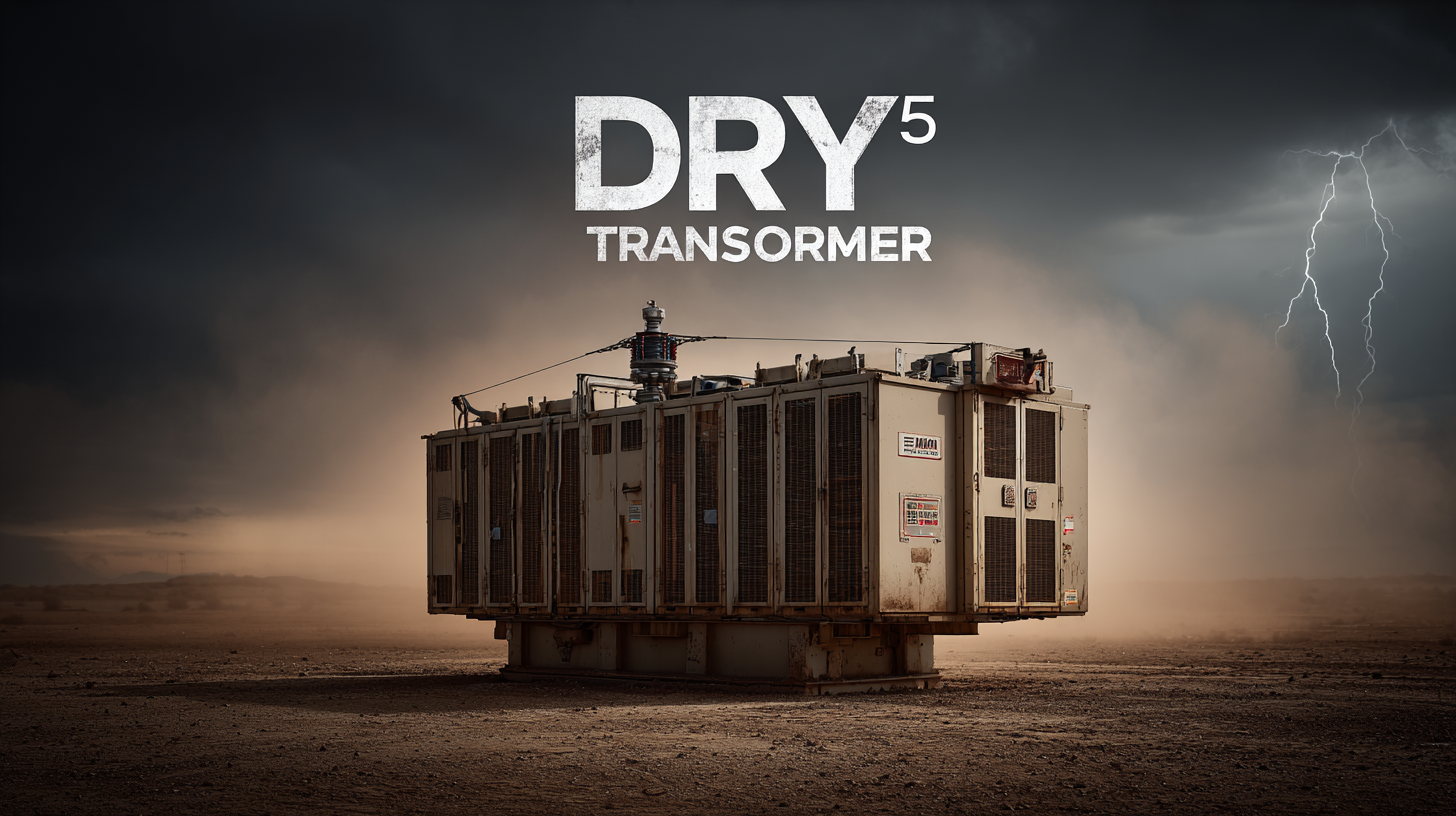

In today's fast-paced industrial environment, selecting the right equipment is crucial for optimizing operational efficiency and ensuring safety. Among the various components that play a pivotal role in electrical systems, the dry transformer stands out for its reliability and performance in diverse applications.
 Unlike traditional oil-filled transformers, dry transformers offer a more environmentally friendly solution with lower maintenance requirements and enhanced safety features. However, not all dry transformers are created equal, and choosing the best one tailored to your specific business needs can significantly impact your bottom line.
Unlike traditional oil-filled transformers, dry transformers offer a more environmentally friendly solution with lower maintenance requirements and enhanced safety features. However, not all dry transformers are created equal, and choosing the best one tailored to your specific business needs can significantly impact your bottom line.
In this blog, we will explore five essential reasons why investing in the right dry transformer is critical for your operations, considering factors such as industry production standards, efficiency, and long-term reliability. Understanding these key aspects will empower you to make informed decisions that not only meet regulatory compliance but also enhance your overall productivity.
When selecting a dry transformer for your business, efficiency should be at the forefront of your decision-making process. According to the U.S. Department of Energy, approximately 30% of energy consumption in industrial settings is associated with transformers and other electrical equipment. By investing in high-efficiency dry transformers, businesses can significantly reduce energy losses, leading to lower operational costs and a reduced carbon footprint. In fact, modern high-efficiency transformers can provide energy savings of 5-15% compared to standard models, depending on the application and load conditions.
The right dry transformer not only optimizes energy use but also enhances the reliability of electrical systems. A report from the Electric Power Research Institute (EPRI) highlights that efficient transformers contribute to improved power quality, minimizing voltage drops and ensuring stable power supply to critical equipment. This reliability translates into reduced maintenance costs and prolongs the lifespan of both the transformer and connected machinery, making it a wise investment for businesses aiming to achieve sustainable growth. As industries continue to prioritize energy efficiency, choosing the best dry transformer is crucial for achieving substantial energy savings and operational excellence.
| Feature | Description | Benefits |
|---|---|---|
| Energy Efficiency | Utilizes advanced materials and design for reduced energy loss. | Lower operational costs and reduced carbon footprint. |
| Maintenance-Free | Requires minimal upkeep due to its robust design. | Saves time and costs on maintenance personnel. |
| Compact Size | Smaller footprint compared to traditional transformers. | More efficient use of space in facilities. |
| Improved Reliability | Designed for higher durability and reduced failure rates. | Increased uptime and dependable operation. |
| Safety Features | Incorporates features to prevent overheating and short circuits. | Enhanced safety for personnel and equipment. |
When selecting the best dry transformer for your business needs, analyzing reliability is paramount. Recent industry statistics reveal that transformers, as critical components in power networks, account for a significant portion of operational costs, with outage incidents leading to substantial financial losses. According to a CIGRE survey, the percentage failure of power transformers is notable, underscoring the necessity for robust reliability measures. Downtime not only disrupts operations but also impacts overall efficiency, creating a paradox where manufacturers aim to minimize these disruptions while maximizing productivity.
Furthermore, as the cast resin transformer market is projected to exceed USD 2.79 billion in 2023, expanding at a CAGR of over 10.1% through 2032, businesses must recognize the importance of investing in high-quality equipment that promises durability and reliability. Additionally, external factors such as heatwaves have been linked to increased power outages, highlighting the risks that poor transformer performance can pose to electrical reliability. By prioritizing reliable transformer options, companies can safeguard against operational interruptions and align with industry trends towards enhanced energy efficiency.
When it comes to industrial applications, managing heat effectively is crucial for ensuring the longevity and reliability of equipment. Dry transformers play a critical role in mitigating overheating risks, particularly in facilities where temperature fluctuations can lead to significant operational disruptions. According to a report by the International Electrotechnical Commission (IEC), improper heat management can reduce transformer lifespan by up to 40%, underscoring the importance of selecting the right dry transformer for your business needs.
Dry transformers are designed with enhanced cooling mechanisms that prevent heat accumulation. Unlike oil-filled transformers, which may pose risks related to flammability and environmental concerns, dry transformers utilize air or resin-based insulation, providing a safer alternative. Additionally, a study from the Electric Power Research Institute (EPRI) indicates that implementing advanced temperature monitoring systems in dry transformers can reduce failure rates by approximately 20%, further emphasizing their efficiency in heat management. Therefore, investing in the best dry transformer not only optimizes operational efficiency but also enhances safety and sustainability in your business practices.
 When assessing the financial impact of transformers on business operations, the
cost-effectiveness of high-quality dry transformers cannot be overstated. According to the
U.S. Department of Energy, the operational efficiency of transformers accounts for approximately
40% of a facility’s energy costs. Investing in a top-tier dry transformer—specifically those that meet or exceed
NEMA Premium efficiency ratings—often results in reduced energy consumption, translating into
significant cost savings over time. In fact, a study by the
Electric Power Research Institute (EPRI) suggests that higher efficiency can lead to savings of
up to 15-20% on annual energy bills.
When assessing the financial impact of transformers on business operations, the
cost-effectiveness of high-quality dry transformers cannot be overstated. According to the
U.S. Department of Energy, the operational efficiency of transformers accounts for approximately
40% of a facility’s energy costs. Investing in a top-tier dry transformer—specifically those that meet or exceed
NEMA Premium efficiency ratings—often results in reduced energy consumption, translating into
significant cost savings over time. In fact, a study by the
Electric Power Research Institute (EPRI) suggests that higher efficiency can lead to savings of
up to 15-20% on annual energy bills.
Additionally, while the initial investment for high-quality dry transformers may be higher, the long-term
return on investment (ROI) is substantial. A report from the
International Energy Agency (IEA) highlights that businesses can expect payback periods as
short as three to five years due to reduced maintenance costs and longer lifespan—often exceeding
25 years for premium models. Furthermore, dry transformers generate less heat, which not only enhances safety but also decreases the likelihood of costly failures, making them a smart choice for businesses looking to optimize their electrical infrastructure while maximizing financial performance.
Choosing the right dry transformer is crucial for businesses not only for operational efficiency but also for compliance with industry regulations. Safety standards and regulatory compliance are at the forefront of transformer selection, ensuring that your electrical systems operate within the required legal frameworks. Adhering to these regulations minimizes the risk of costly penalties and enhances the safety of your equipment and personnel.
**Tip:** When evaluating transformers, always verify their compliance with local and national standards, such as the National Electric Code (NEC) or International Electrotechnical Commission (IEC) standards. Ensure that manufacturers provide certification that guarantees adherence to these regulations, further securing your business against potential legal issues.
Moreover, selecting a high-quality dry transformer can lead to improved reliability and reduced maintenance costs. A transformer that meets safety and compliance standards will be built to withstand rigorous operational demands, thus minimizing downtime and enhancing productivity.
**Tip:** Engage with suppliers and manufacturers who specialize in dry transformers and have a strong track record in compliance. Request detailed documentation and performance history to ensure their products can meet your industry’s safety regulations. This due diligence will pay off in the long run by safeguarding your business’s operational integrity.
